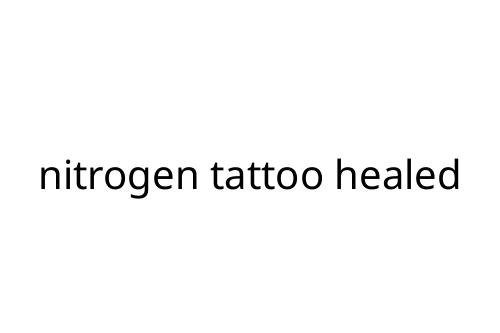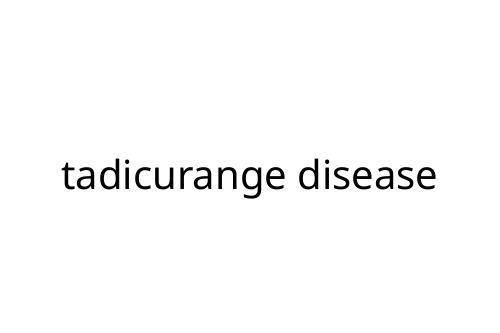nitrogen tattoo healed
Getting a tattoo is only half the journey. The real work happens as your skin heals, especially when chemical agents like nitrogen are involved. If you’re searching for "nitrogen tattoo healed" to understand what happens after a nitrogen-based tattoo session, here’s what you need to know.
What Is a Nitrogen Tattoo?
Nitrogen tattoos don’t refer to a style or imagery—it’s about the tattooing method. Nitrogen-based tattooing, sometimes called "nitrogen branding" or "cryotattooing," uses controlled liquid nitrogen or nitrogen-based tools to create a design by altering the skin’s pigmentation or texture. This method is less common than traditional ink tattooing and is mainly used for cosmetic, medical, or experimental purposes.
The Healing Process
Healing after a nitrogen tattoo is different from regular ink tattoos. When nitrogen is applied, it deeply freezes the skin, which causes controlled damage. The body responds by scabbing, peeling, and eventually regenerating the affected area.
You might notice the following stages:
- Initial redness
- Swelling and discomfort
- Formation of a crust or scab
- Peeling as the skin regenerates
- Gradual fading of irritation
Proper aftercare is essential. Avoid picking at scabs. Keep the area clean and dry. Applying ointment or moisturizer helps, but always follow your provider’s instructions. Healing times can vary, but expect at least two to four weeks for full recovery.
Comparing Nitrogen Tattoos to Standard Tattoos
Traditional tattoos deposit ink into the dermis. Nitrogen tattoos, on the other hand, use cold injury to disrupt the skin and alter its appearance. This difference means the healing process isn’t the same.
Pros:
- Can be less painful for some people
- No risk of ink allergy
- Sometimes used to correct or remove existing tattoos
Cons:
- Potential for uneven healing
- Results can be unpredictable
- Risk of scarring is higher
- Unusual sensation during healing
Aftercare Tips for a Nitrogen Tattoo
If you're dealing with a nitrogen tattoo as it heals, here are some practical tips:
- Clean the area gently with mild soap and water once daily.
- Avoid soaking, swimming pools, or saunas.
- Don’t pick or peel scabs—let them drop off naturally.
- Keep the site protected from sun exposure.
- Use recommended ointments or creams as directed.
If you notice persistent redness, pain, signs of infection (like pus or excessive swelling), contact a medical professional. Because nitrogen-based tattooing can result in more extreme tissue reactions, diligent care is even more important.
Final Thoughts
A nitrogen tattoo healing process is unique—different from ink-based methods. While some are drawn to nitrogen tattoos for medical, cosmetic, or corrective reasons, it’s not right for everyone. Understanding what to expect as your nitrogen tattoo heals can help you avoid complications and achieve the best possible result. If you ever have concerns, speak to the specialist who performed the procedure.
Remember, patience and proper aftercare go a long way in making sure your nitrogen tattoo heals safely and looks its best in the long run.



